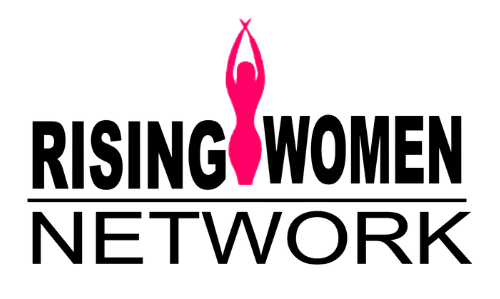Blogger by day, bartender by night. Full-time teacher with a pet photography weekend biz. Realtor that moonlights as a vintage clothing slinger on Etsy…
Job titles sound a little different today. And we think it’s great. The only problem is that most people are spinning their wheels to wet their passions and not putting much — or anything — in the bank from these pursuits to take them on full-time. Side hustlin’ is hard. But it’s the stuff that makes us happy and able to hop out of bed in the morning.
Here are the seven things she did to take her passion project into a successful national brand and creative platform for fellow small business owners.
#1 – Love What You Do Fearlessly
Chances are, if it’s a side gig, you love it like Kanye loves Kanye. But if you don’t, your side hustle will be hard pressed to become a full-time position. You must eat, breathe, and sleep your part-time project and love it effortlessly. It should be authentically you and the easiest elevator pitch that’s ever rolled off your tongue. Some questions to ask yourself: Is this something I would do if I had to skip eating out, a gym membership, new clothes, and watching television? Is it something people need and/or want? Is it relatively tangible for me to start, grow, and monetize? If the answer is no to any of these, chances are you’re better off keeping it a passion project.
#2 – Test the Waters
Before Cobb went full force with her flea markets, she hosted a couple small shows a year to test the concept, build her vendor database, and organically grow fans and followers. Once she felt she had a solid foundation in place — it took five years and birthing two babies! — she expanded her venue, tripled the vendor count, and raised booth prices. She had built the audience to support the growth strategy and everyone succeeded. Savings from her full-time interior design job and profits from the first big event allowed her to leave her career and focus on Flea Style full-time.
#3- Have a Plan
Once you feel confident that your idea will work or you’re willing to put it to the test full-time, have a roadmap in place. Carve out a dedicated office space, purchase mandatory supplies needed (and nothing more), plan for self-employment taxes, and hire a CPA to keep you on the right side of the law. Have an idea of what it takes to grow and put goals in place to get there. Find a mentor or have a sound board in a smart and honest friend or family member. Put feelers out for your first hire and start working 0n all things necessary to get there. “I needed help so badly but didn’t have the means to bring somebody on full-time,” says Cobb. “I started with my first employee just one day a week and within eight months she was a full-time salary employee. We inched there together while I explored if she was a good culture fit for the company and ways to pay her more money.”
#4 – Barter Like a Boss
Money is often the biggest shortcoming when shifting from part-time to full throttle. Know your weaknesses and use relationships to take your company to the next level for free. Instead of paying for photography for your website, watch a YouTube video for tips and use your iPhone. Lean on family or a neighbor for childcare. Offer friends free food and wine in exchange for assembling products or acting as models for your website. The more you can do on the cheap, the more you can wiggle away from your steady paycheck and take risks on your side hustle.
#5 – Set a Budget/Burn Rate
You don’t necessarily need a business plan, but you do need to know your numbers and what this side hustle takes to inch towards the black. Line item all of your current and expected costs over the next year, and then do the same for income. See where you land and, if you’re in the red, really ask yourself if this idea has the opportunity to be profitable. If so, either set money aside each month from your steady paycheck until you can float the business, or explore a small line of credit with your bank if you’re ready to take the risk right away.
#6 – Put on Your Cheerleader Uniform
Nobody is going to have your back like yourself. Be your biggest cheerleader and do it with childlike enthusiasm. Tell everyone you know about your plan or new business. Marketing is expensive, but word of mouth is free (as is pushing your idea via email and social media to everyone you know). Find cheap ways to promote your biz from printables for the coffee shop, community boards, and popular parking lots to $5 weekly ad campaigns on Facebook. Today’s market is highly competitive, and you need to be the team captain of spreading the word around like confetti.
#7 – Be Realistic, Yet Unafraid of Failure
Very rarely do ideas bloom and put money in the bank out the gate. Be realistic about how long it will take to see the tide turn and the days of eating cereal for dinner go away for good. Also be realistic if you don’t see a path to growth after giving it a good go. What changes do you need to make to flip the switch? Is your idea just not going to work? It’s rare that companies don’t have setbacks, growing pains, and failures, but also don’t be disillusioned if yours just doesn’t look destined for full-time status.
How did you take your passion project to the next level? Tell us your story in the comments!





